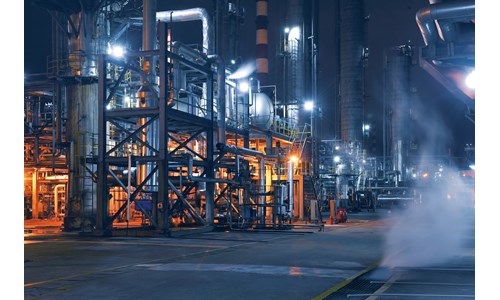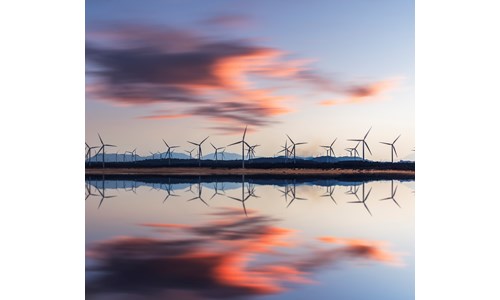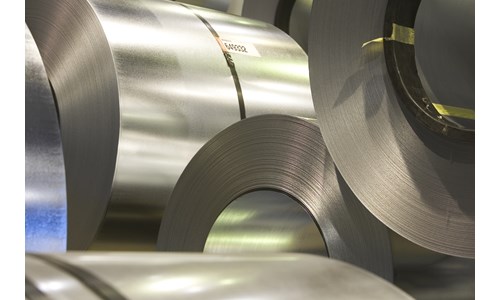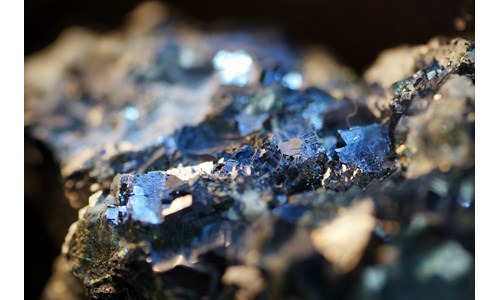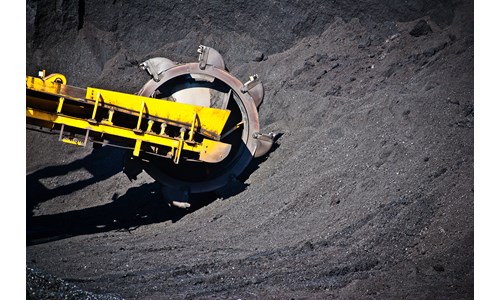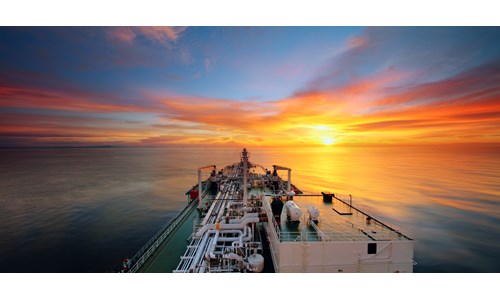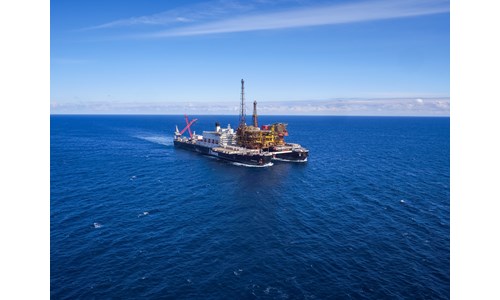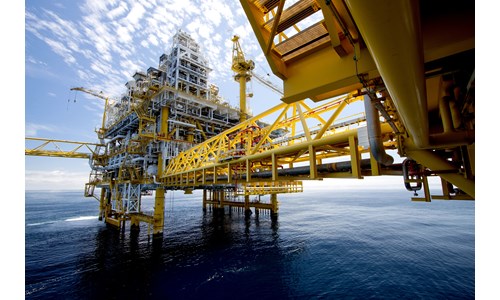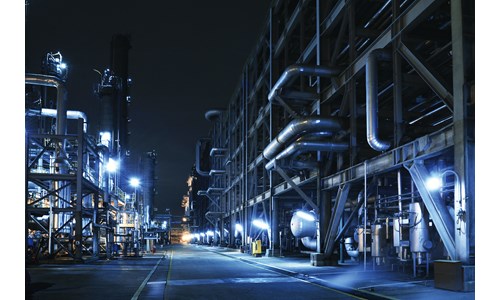Steel's roadmap to decarbonisation in an accelerated energy transition two-degree warming scenario
This report is currently unavailable
*Please note that this report only includes an Excel data file if this is indicated in "What's included" below
Report summary
Table of contents
- Executive summary
-
Steel AET 2.0 scenario analysis
- Steel demand is unchanged from the base case
- Carbon emissions from the steel sector must fall by 75%
- Steel production methods must change
- 1) Double the scrap use in steelmaking
- 2) DRI gains high traction - Tripling production from current levels
- 3) Reduce EAF emissions intensity by around 70%
- 4) Reduce BF-BOF emissions intensity close to its theoretical minimum
- 5) Capture and store 500 Mt of carbon dioxide – around 46% of the residual
- 1 more item(s)...
- Conclusion
Tables and charts
This report includes the following images and tables:
- Base case emissions by segment
- AET 2.0 emissions by segment
- A slight rise in scrap availability by 2050
- Scrap consumption to improve significantly
- DRI production in AET2.0 vs base case
- Technology-wise DRI and EAF production
- DRI trade – key importers and exporters
- Global CCUS requirement vs usage efficiency
- Region-wise CCUS requirement
- Hydrogen demand at region level
- Hydrogen demand in BOF v EAF
What's included
This report contains:
Other reports you may be interested in
Chemicals demand in a 1.5 °C scenario
Studying impact of 1.5 degree Celsius accelerated energy transition scenario on polymer and chemicals feedstock demand.
$900Oil and gas exploration: 2024 in review
2024’s overall value creation hinges on upside at Namibia’s Mopane discovery
$1,300The energy transition outlook for nickel 2024
Under Net zero, greater nickel demand from new projects raises the long-term incentive price by 45%.
$10,000





